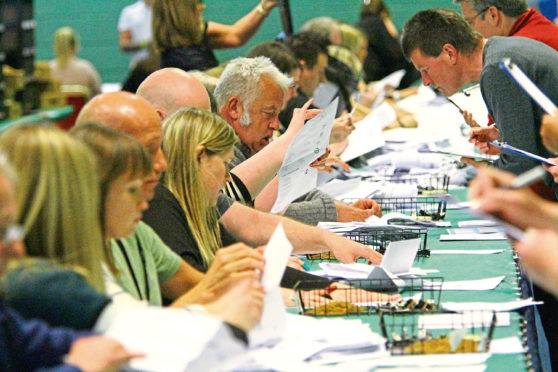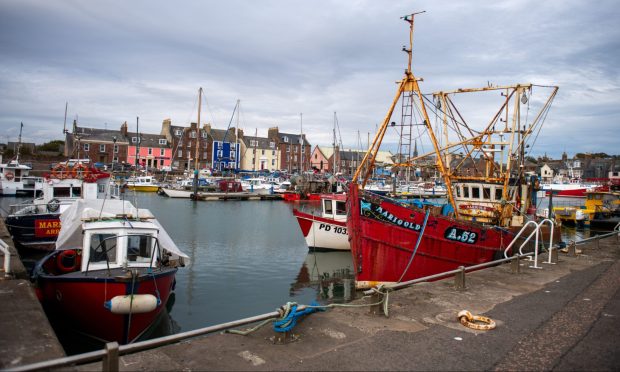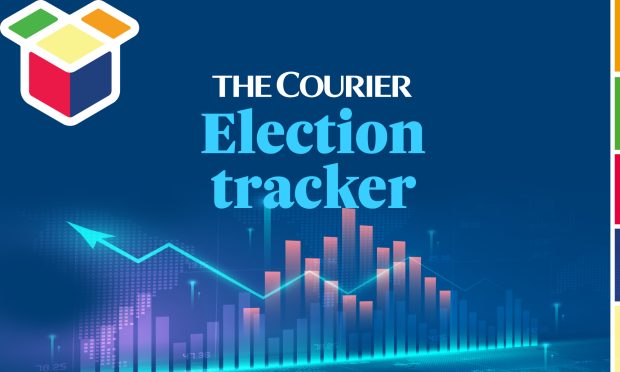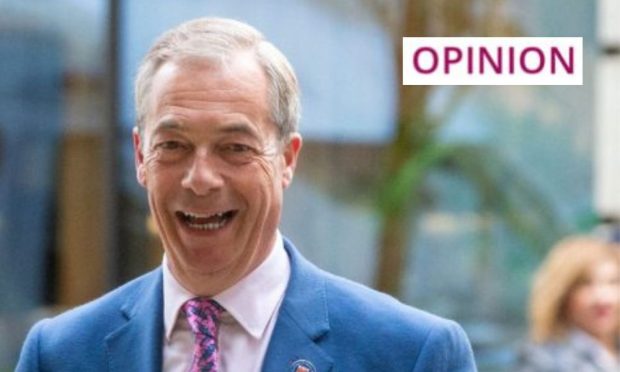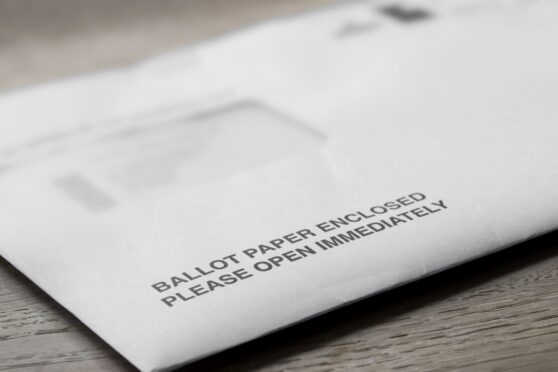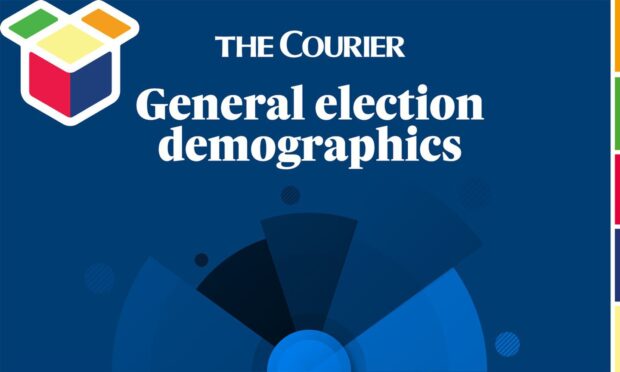At least £1 billion of public money has been spent on holding elections and referendums in the UK this decade, new analysis has found – with December’s snap election set to push the figure even higher.
The combined cost of administering the 2010, 2015 and 2017 general elections, two nationwide referendums, further referendums in Scotland and Wales, plus a host of other polls, currently stands at an estimated minimum of £1.06bn.
The figures, which have been compiled by the PA news agency, show the impact on public expenditure of a run of polls unprecedented in recent history in their size and frequency.
Some of the biggest sums spent were: £129 million on the 2016 EU referendum; £115m on the 2015 general election; and £109m on the 2014 EU elections, with a further £152m budgeted for this year’s EU elections.
Next month’s general election – the fourth this decade – is likely to add at least another £100m.
The cost of administering elections and referendums is met variously by central government, the devolved administrations or local authorities.
Most money typically goes towards covering fees and expenses of returning officers, plus mailouts of literature such as candidates’ election leaflets.
For example, at the 2015 general election, £73m was paid to returning officers for services and expenses, while £42m went on the delivery of mailings.
The total cost of polls so far this decade is likely to be even higher than the estimated £1.06bn, as this does not include the many council elections and by-elections that have also taken place.
Philip Cowley, co-author of the British General Election series of books, said the figures reflect a remarkable decade in British democracy.
“We’ve had a combination of an unusually high number of big events – general elections, referendums – and what could be called the ‘new normal’: regular elections for police and crime commissioners, local mayors and the devolved assemblies,” he said.
“This is on top of the familiar cycle of council elections, which has seen people in some parts of the country head to the polls almost every year this decade – sometimes twice in the space of 12 months.
“Together, all these polls have created a very high baseline for activity, of a kind we haven’t really seen before in modern political history.”
The Association of Electoral Administrators said the frequency of polls in recent years has put a strain on the smooth functioning of the UK’s electoral machinery.
AEA chief executive Peter Stanyon said: “The last decade has seen electoral administrators deliver poll after poll with increasing workloads imposed at a time when council resources have been significantly reduced.”
